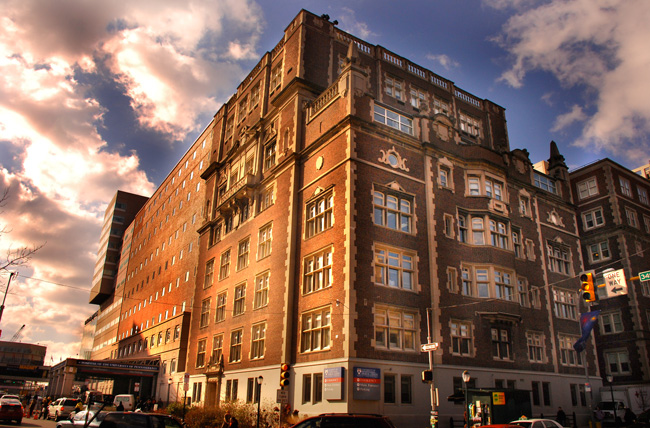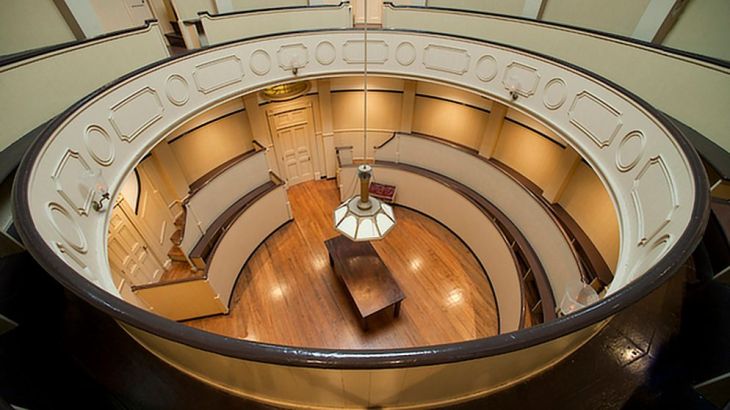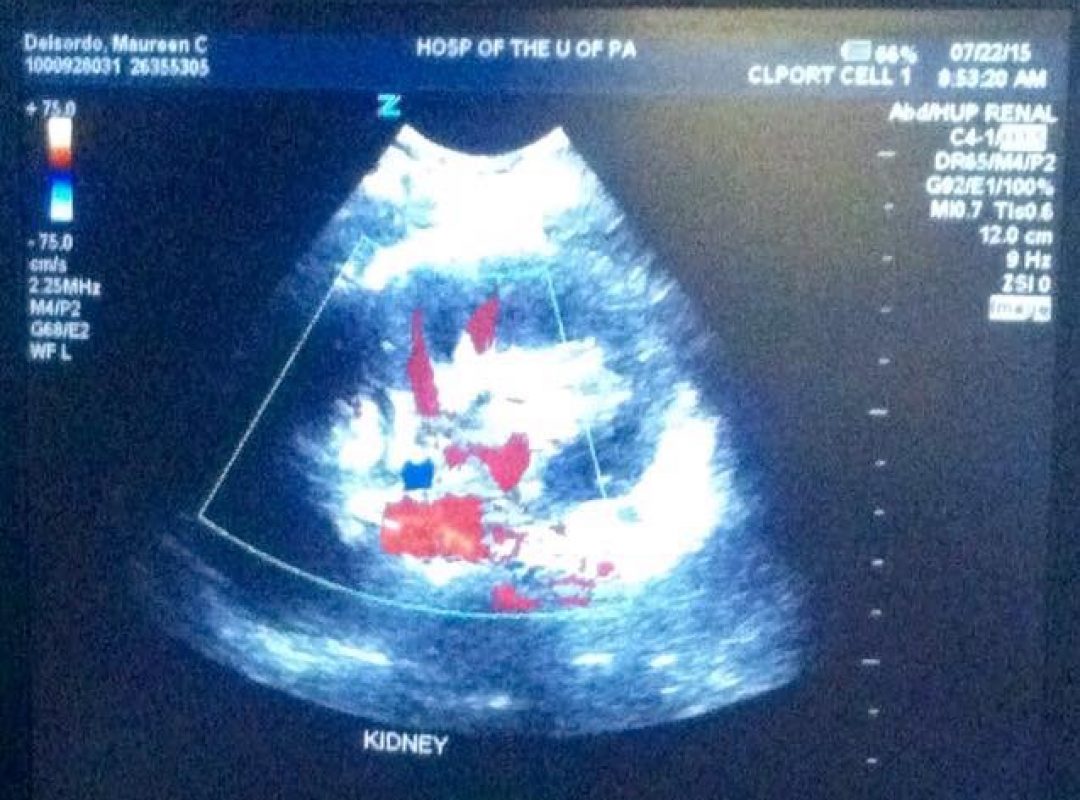Friends ask if I thought about dying when I decided to give away one of my healthy kidneys. Luckily I only thought about it a couple of times. There’s a point when an idea starts coming to fruition that’s a bit scary. Ideas are risky. When my far-fetched idea started becoming a reality, I started to read about the surgery and risks. When I clicked on the link for Penn Medicine for the first time from a Facebook post soliciting potential donors, I was comforted to read, “The Penn Transplant Institute has one of the largest and most experienced living donor transplants programs in the country.” I read more about the hospital system, “Our history of patient care began more than two centuries ago with the founding of the nation’s first hospital, Pennsylvania Hospital, in 1751 and the nation’s first medical school at the University of Pennsylvania in 1765. Penn Medicine has pioneered medical frontiers with a staff comprised of innovators who have dedicated their lives to advancing medicine through excellence in education, research and patient care.” The first hospital was founded by Benjamin Franklin and Dr. Thomas Bond. Now that’s rather comforting if you ask me.
The Kidney Transplant Institute is in Penn’s Perelman Center for Advanced Medicine in University City (Philadelphia).  It’s a beautiful sleek, state of the art building with floor to ceiling glass that was completed in 2008. Visiting the Perelman building with its gourmet coffee bar, for tests and the pre-op appointment led me to believe that’s where the surgery would take place “a la The Bionic Woman.” It hadn’t dawned on me until we pulled up very early in the morning the day of the operation, that the surgery was taking place across the street from the Perelman Center at The Hospital of the University of Pennsylvania, which was built in 1874.
It’s a beautiful sleek, state of the art building with floor to ceiling glass that was completed in 2008. Visiting the Perelman building with its gourmet coffee bar, for tests and the pre-op appointment led me to believe that’s where the surgery would take place “a la The Bionic Woman.” It hadn’t dawned on me until we pulled up very early in the morning the day of the operation, that the surgery was taking place across the street from the Perelman Center at The Hospital of the University of Pennsylvania, which was built in 1874.  The room they wheeled me in seemed rather old, “not run down old” just not Perelman Center new. The room had bright lights that made the green paint seem uglier than it would have been under regular light.
The room they wheeled me in seemed rather old, “not run down old” just not Perelman Center new. The room had bright lights that made the green paint seem uglier than it would have been under regular light.
When they rolled me over to my side to give me the epidural, I noticed a stain on a small, portable cabinet holding all kinds of shiny instruments. I knew it was a blood stain of course and that was the second time I thought about death. But as quickly as I freaked was as quickly as I told myself to push away any negative thoughts before I went under. I didn’t want to go unconscious with bad thoughts floating around my head or surely I would die for being negative right when the real test was about to take place. It wasn’t a matter of being brave, it was a matter of being positive and blessing everyone around me to do the best job they could and not to be upset about a little blood. So I went to sleep remembering the rave reviews about this hospital system and thanking God for its history, wisdom and for teaching so many wonderful doctors like Ali Naji M.D, PhD, my surgeon, who is a rockstar. When he told me my scar will be invisible, I didn’t quite believe him. He compared himself to Beverly Hills plastic surgeons (he knew I lived in California). Dr. Naji is the Surgical Director of the Kidney and Pancreas Transplant Program. His credits go on, just like another Philadelphia, rock star doctor, C. Everett Koop.
Dr. Koop got his “Doctor of Science degree in medicine from the University of Pennsylvania in 1947.” “From 1946 to 1981, Koop was the surgeon-in-chief Children’s Hospital of Philadelphia (CHOP).” I can’t believe Philadelphians send their kids to a place called CHOP. How terrifying! Koop became a professor of pediatric surgery in 1959 and professor of pediatrics in 1971 at the University of Pennsylvania School of Medicine. Maureen’s mom and dad ran into him in an elevator at CHOP. Maureen had visited that hospital regularly since the age of five when she was diagnosed with type 1 diabetes. Maureen’s mom, Nancy, got up the nerve to speak to Dr. Koop. She was a self proclaimed nerd, who kept up with the medical field. She asked him for a quick prognosis. He told her Maureen’s life expectancy would be about 25 years old. After all, insulin pumps hadn’t been invented at that time. They were invented in 1976, when Maureen was 10 years old. Because of the bravery of the founding fathers, whose risky ideas were worth seeing to fruition and the researchers, inventors and teachers, Maureen’s life has more than doubled the life expectancy age Dr. Koop estimated. I hope with the help of my kidney and new technology like her new continuous glucose monitoring system, she can exceed Dr. Koop’s ripe old age of 97 years old!
I’m glad my surgery didn’t take place here, the first surgical amphitheater on the third floor at Pennsylvania Hospital. It opened in 1804. ‘Patients chose rum, laundanum or a tap on the head with a mallet to dull the pain.”

